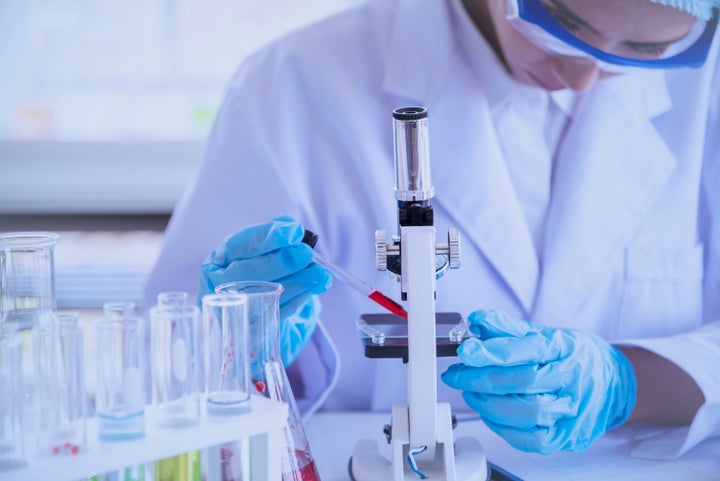Health officials across Canada are rolling out results from the first wave of serology (also known as antibody) testing to try and figure out how many people actually were infected with COVID-19 since the start of the pandemic.
After someone is infected with a virus such as COVID-19, their body develops antibodies that could potentially help fight it the next time they are infected. Therefore, serology testing can give health officials a better idea of the number of people who’ve developed antibodies, which indicates they had contracted the virus at some point, rather than just those who tested positive.
Antibody testing has its flaws. Someone might test negative for the antibodies when their body just hasn’t developed them yet, while people currently infected with COVID-19 may also test negative. Current serology testing also relies on blood donor banks and doesn’t necessarily reflect the entire population.

For example, Canada’s long-term care system has been hardest hit by the virus, and includes a segment of the population unlikely to be donating blood, especially right now. So antibody testing results may not reflect the total impact on that population.
There’s also the issue of timing, many of these test results indicate the spread of the virus two months ago. And scientists are still uncertain on how long antibodies last in the body after someone has COVID-19.
Still, serology testing is a useful resource for health officials when it comes to better understanding how far the virus has spread. Federal officials and Canadian Blood Services announced in June that they had found COVID-19 antibodies at a rate of less than one per cent, using 10,000 samples from across the country, indicating that it was less widespread than some may have thought and preventative measures must remain in place.
Here are what some provinces have found from antibody testing so far:
Quebec:
A new study released this week showed higher rates of COVID-19 antibodies than general testing would suggest. The study, conducted by Héma-Québec in collaboration with the Institut national de santé publique, found that 2.23 per cent of 7,691 people who donated blood between May 25 and July 9 had contracted COVID-19 in Quebec.
It’s a very small proportion of the population who have been exposed to the virus during the first wave. And that means there are many people in the population who are susceptible to being infected.
Hema-Quebec vice-president Dr. Marc Germain
The majority of those came from people living in Montreal and Laval, areas notably hard-hit by the pandemic. The study results suggest that in total, at least 124,880 people between the ages of 18 and 69 had been infected between the start of the pandemic and early July. That’s compared to the around 37,00 people who’ve actually tested positive.
Hema-Quebec vice-president Dr. Marc Germain said the study results show we must remain vigilant.
“The conclusion is obvious,” Germain said in an interview Wednesday. “It’s a very small proportion of the population who have been exposed to the virus during the first wave. And that means there are many people in the population who are susceptible to being infected.”
Ontario:
Serology testing by Public Health Ontario suggested that slightly more than one per cent of the province’s population had been infected and had recovered from the novel coronavirus by the end of June, equalling about 160,000 people.
The study’s sample size was small — only 7,000 blood samples were tested. Of those, 79 showed the antibodies for COVID-19.
Alberta:
After analyzing more than 9,400 anonymous blood samples in early June, officials in Alberta found that less than one per cent of samples contained COVID-19 antibodies. As a result, they estimated that the province had had around 36,000 cases of COVID-19 by late May. The province’s chief medical officer Dr. Deena Hinshaw said that indicated officials had successfully identified around 17.6 per cent of the total cases using COVID-19 testing.
“This data is an indication that our current PCR testing program is highly effective and is identifying a higher percentage of positive cases than programs in other jurisdictions,” Hinshaw said.
British Columbia:
Serology testing conducted by B.C. Health in late May estimates that around one per cent of the province’s residents had been infected at that time. The joint study was conducted by the University of British Columbia, the B.C. Centre for Disease Control, LifeLabs and public health scientists.
They estimate that around eight times more B.C. residents had contracted that virus by late May than viral testing suggested.
B.C. chief medical officer Dr. Bonnie Henry said the results indicated that the province’s strategies to fight the virus were working.
“We have just minimized the impact of this first wave very effectively,” she said in mid-July.
With files from the Canadian Press.
Calling all HuffPost superfans!
Sign up for membership to become a founding member and help shape HuffPost’s next chapter
Credit: Source link